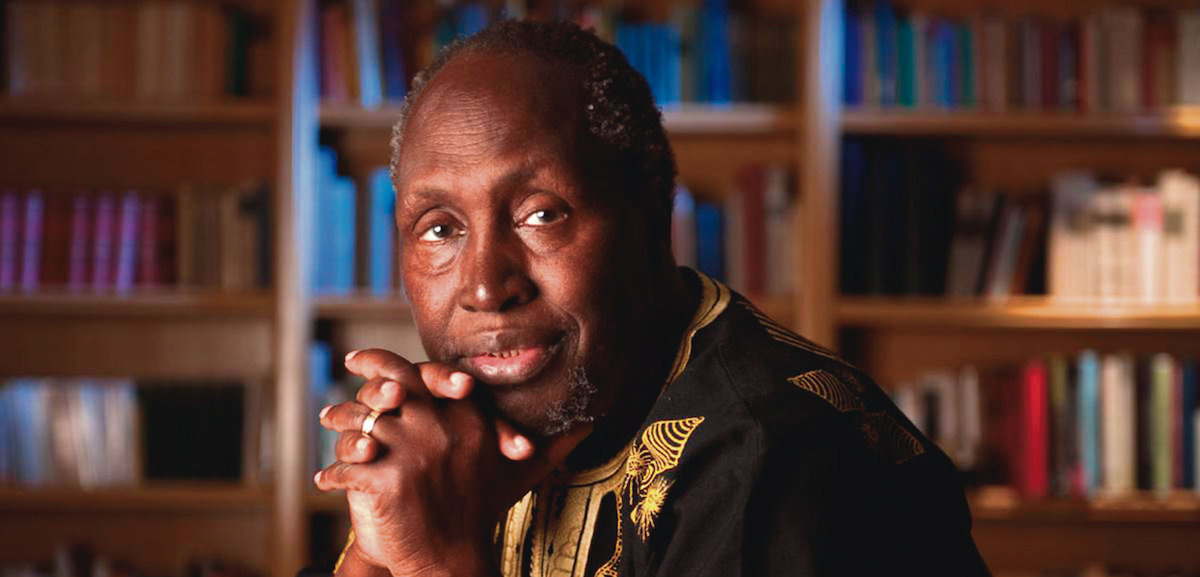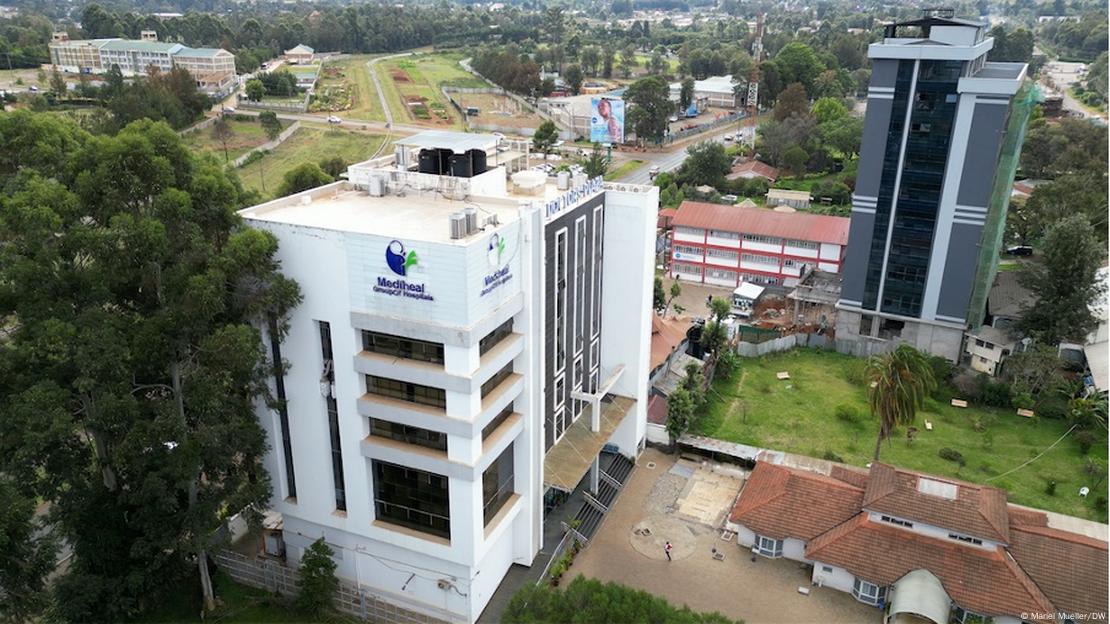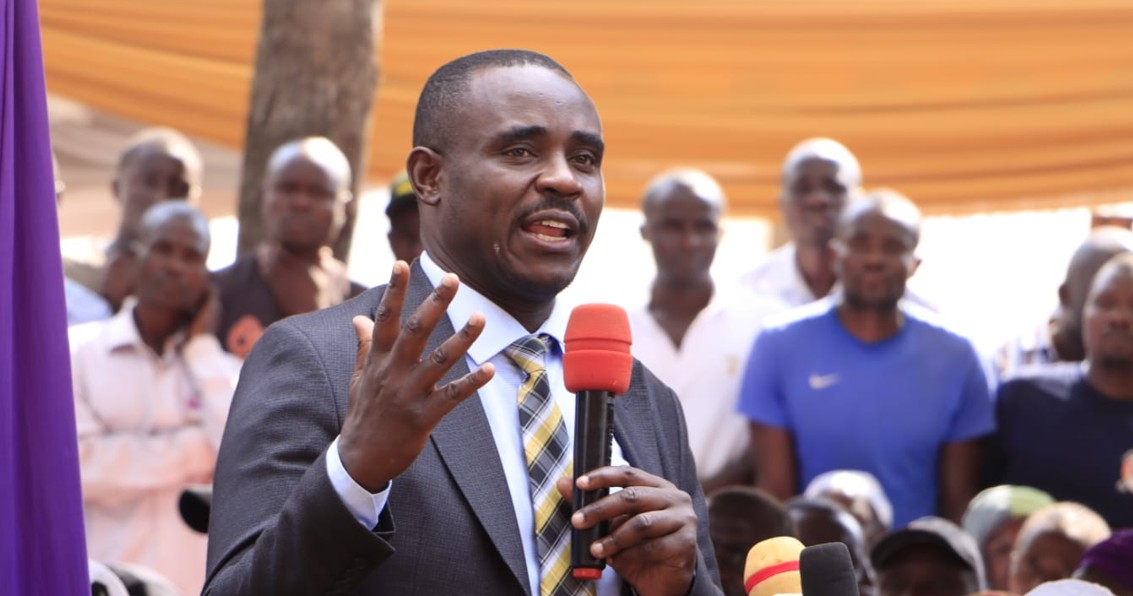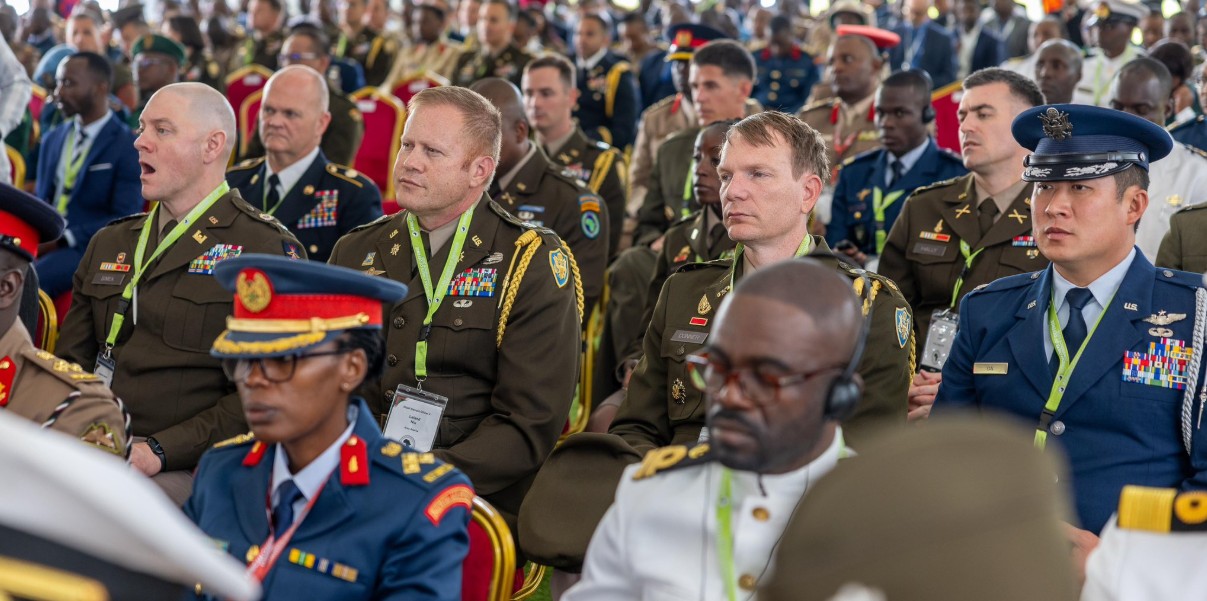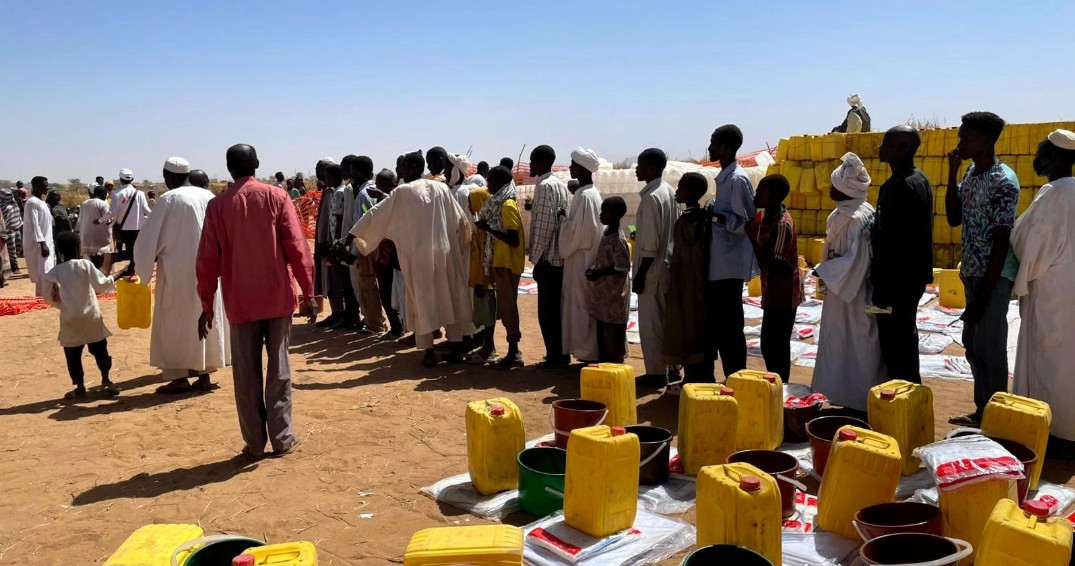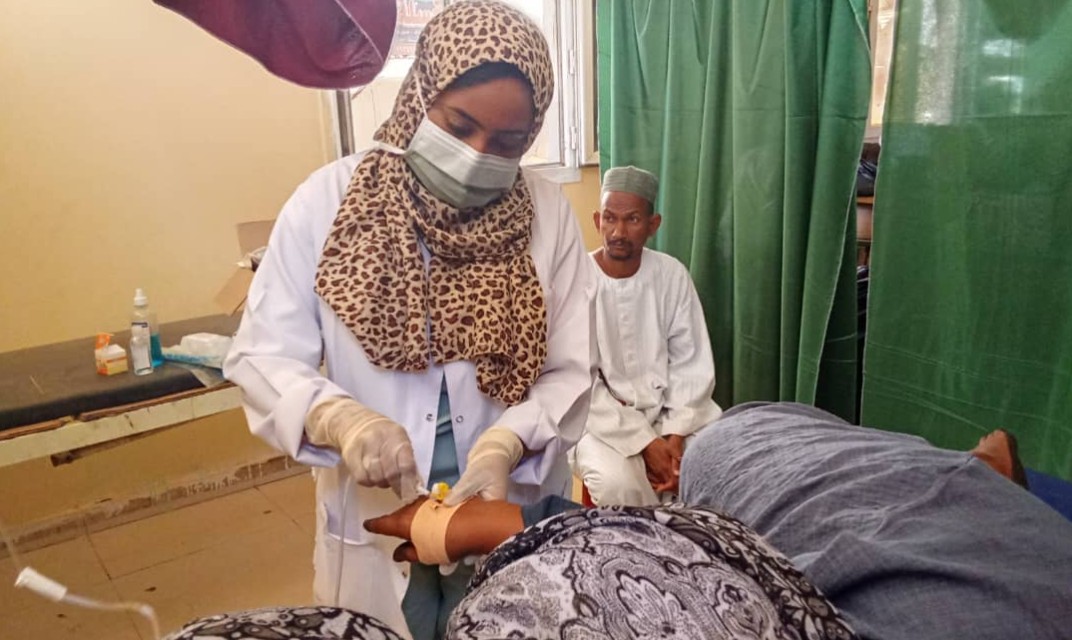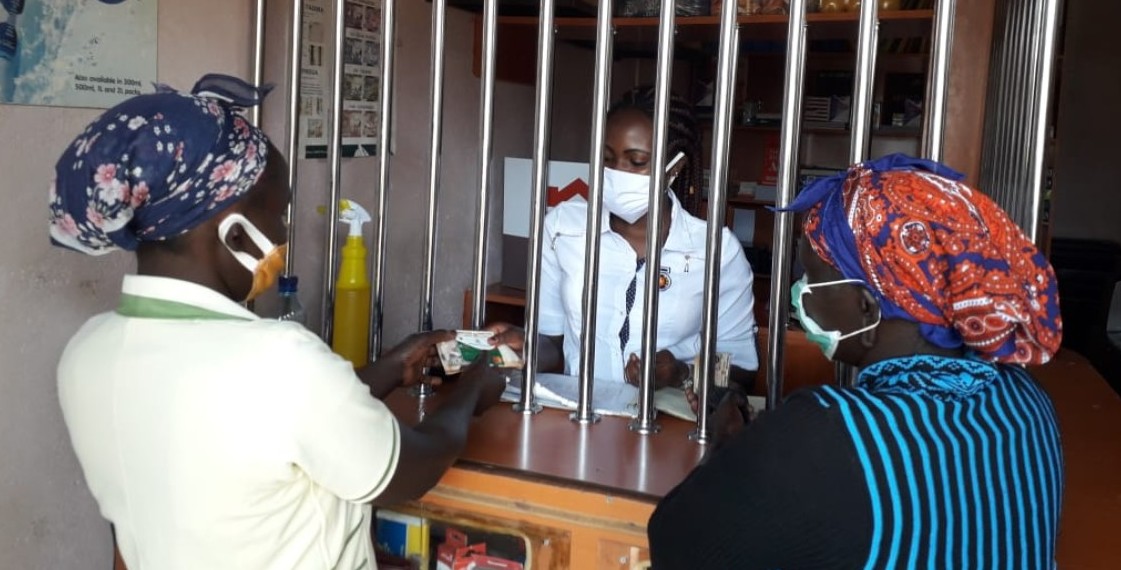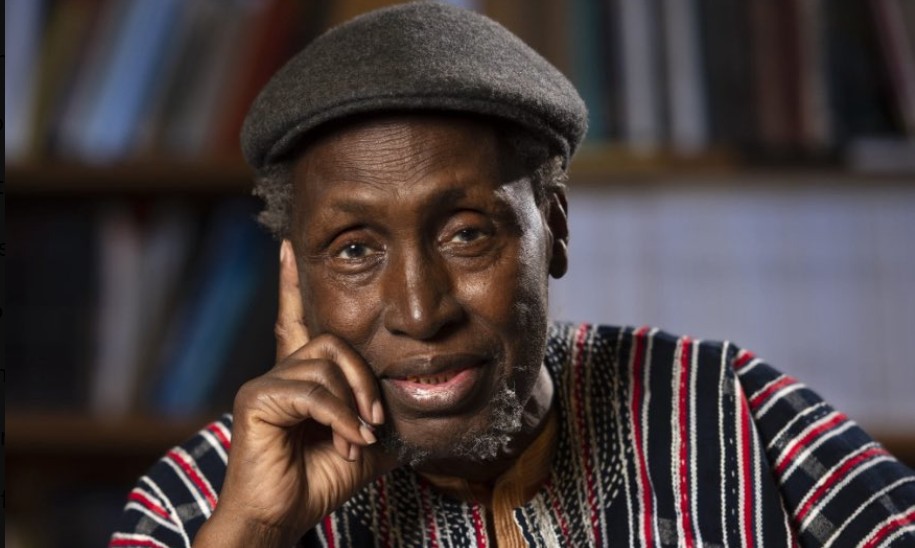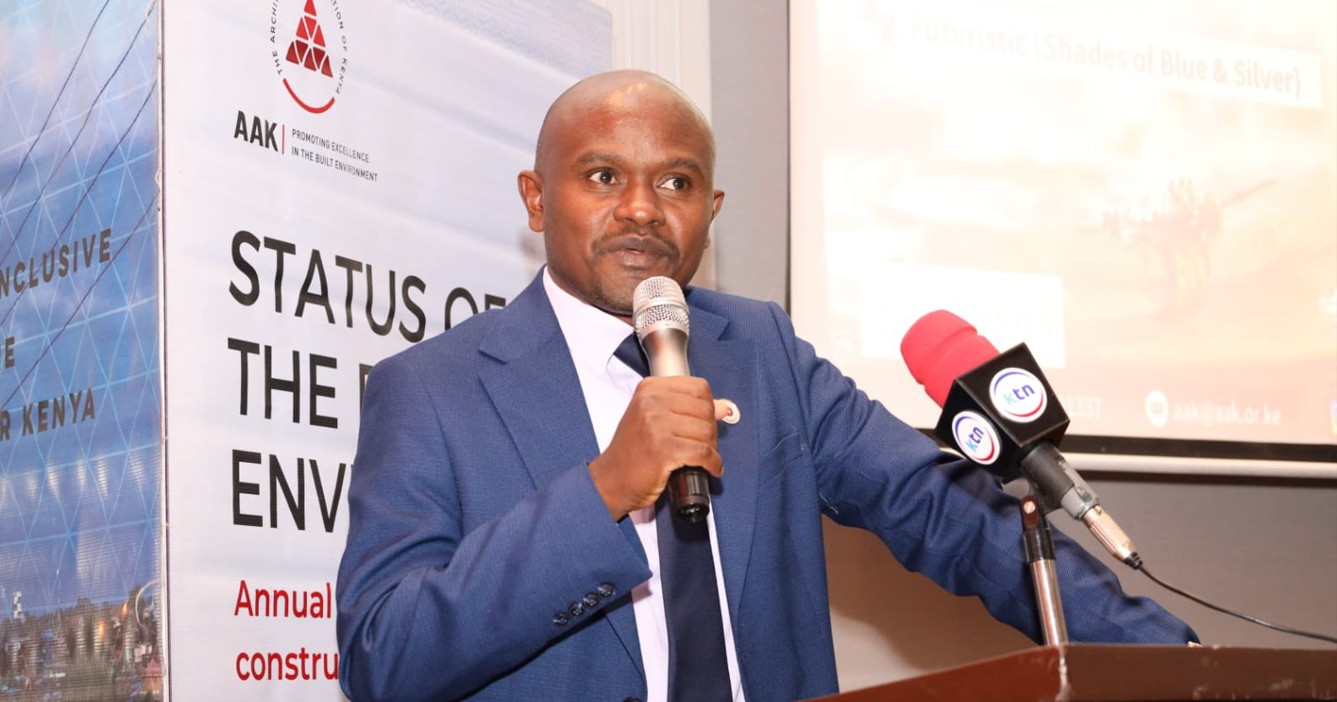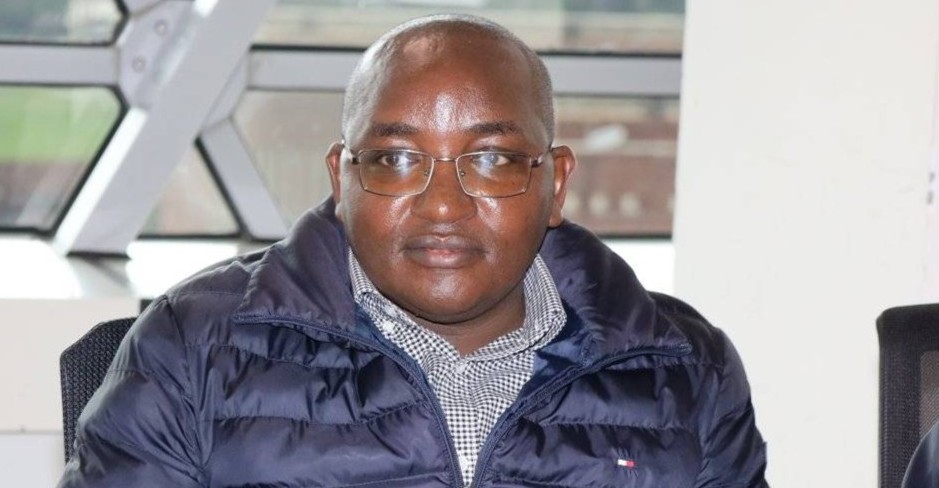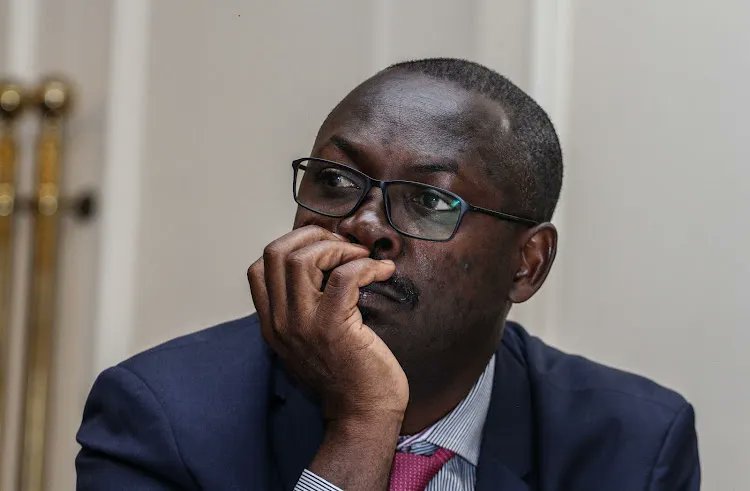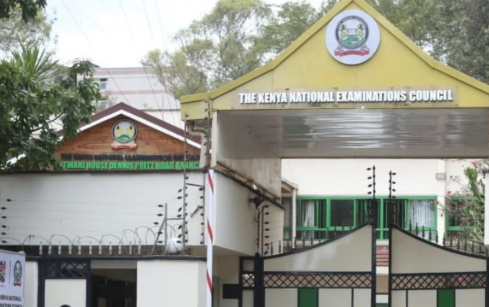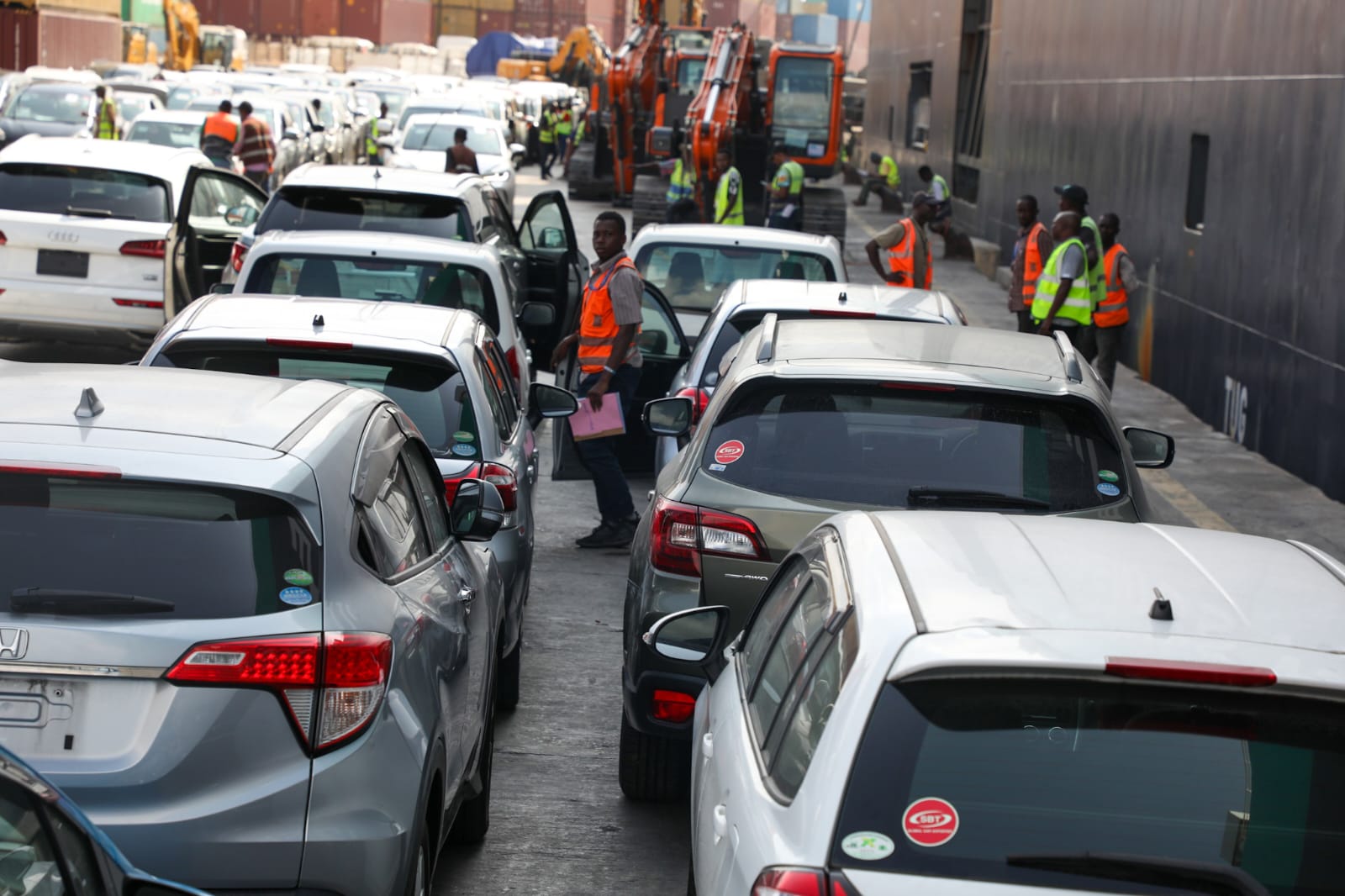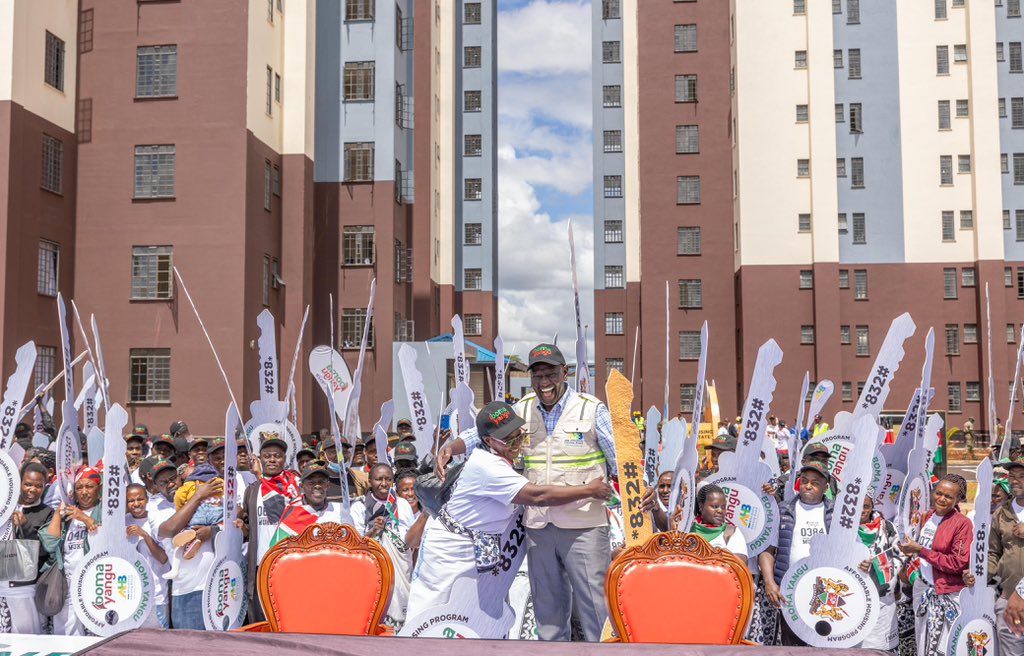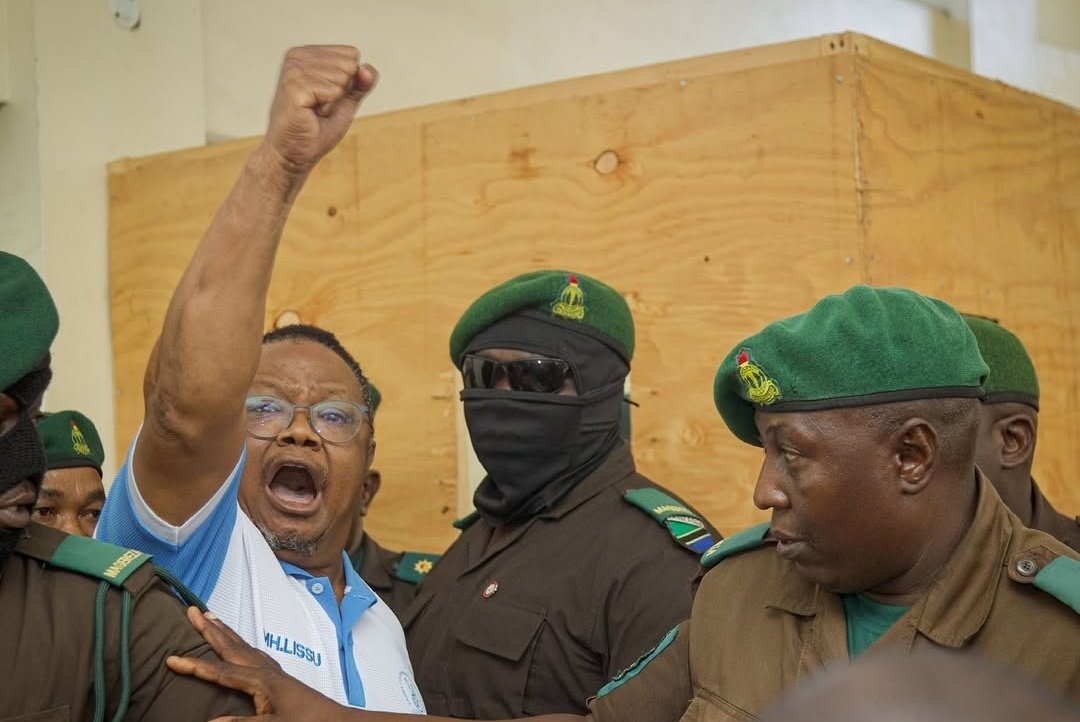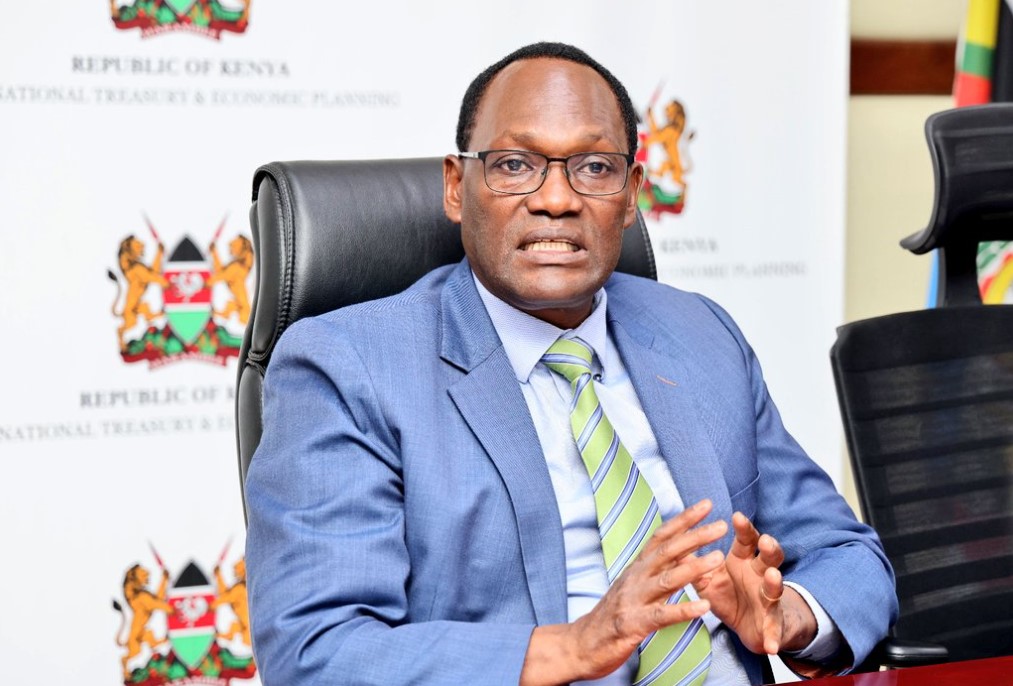Locals around Kwale’s Mwache Dam embrace strategies to reshape region’s future
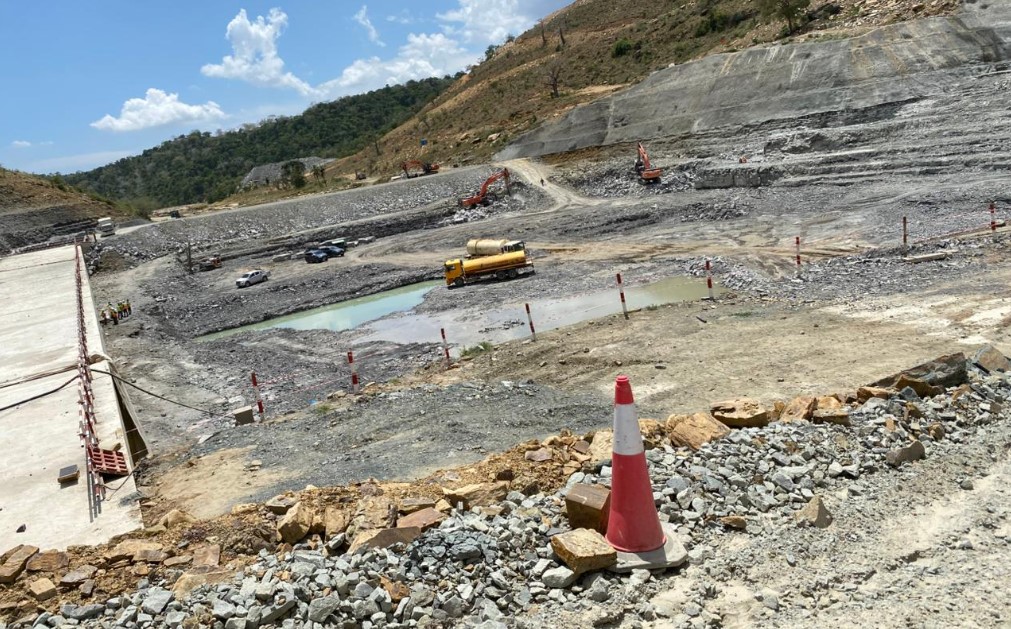
According to the Water Resources Authority, the introduction of alternative ways of earning livelihood has also been a game-changer.
People living near the Mwache Dam in Kwale County are embracing sustainable land and water management strategies that could reshape the region’s future.
With Sh4 million in funding from the Water Resources Authority (WRA), local communities have implemented terracing, afforestation, erosion control, water harvesting, and alternative livelihoods such as high-value crops, beekeeping, and poultry farming.
More To Read
- From despair to renewal: Kwale farmers restore degraded land through tree regeneration
- Senators warn Kwale County over missing legal frameworks
- Kwale County on the spot as Senate tour uncovers project failures
- How Kwale youth are transforming madafu waste into eco-friendly resources
- Relief for mothers in Kwale County as upgraded maternal health facility launched
- Seaweed farming brings hope to Kwale residents hit by climate change
These initiatives are expected to extend the dam’s lifespan by over 30 years, curb sedimentation, and reduce water treatment costs.
The Mwache Catchment Restoration Programme, including the Mazola Mienzeni Water Resources Users Association (WRUA), aims to restore degraded landscapes and sustain the dam’s reservoir.
Chairman of Mazola Mienzeni WRUA, Chimene Mambo Mwakoga, emphasised that the funding is crucial for the success of the Sub-Catchment Management Plan (SCAMP), developed in 2017.
“Our primary focus has been soil conservation and afforestation, especially after the nearby forest was depleted. By preventing soil erosion, we ensure that sediment does not accumulate in the dam, protecting its 100-year lifespan,” said Mwakoga.
According to Mwakoga, the first disbursement of Sh2.2 million was allocated to soil conservation efforts, including constructing over 8.4 kilometres of terraces and planting trees.
“The second phase, with Sh1.8 million [funding], will focus on rainwater harvesting and alternative livelihoods such as goat rearing and gabion construction,” Mwakoga noted.
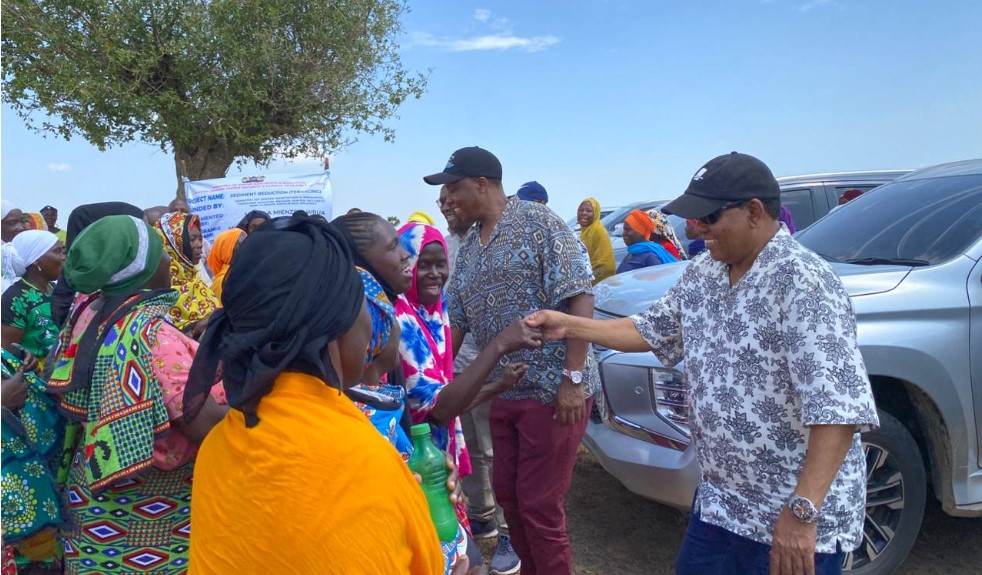 Water Resources Authority CEO Mohamed Shurie (right) and board chairperson Donald Murgor (left) interact with locals during a site visit at the Mwache Dam. (Photo: Farhiya Hussein)
Water Resources Authority CEO Mohamed Shurie (right) and board chairperson Donald Murgor (left) interact with locals during a site visit at the Mwache Dam. (Photo: Farhiya Hussein)
Remarkable milestones
Mwakoga said the project has achieved remarkable milestones, with terraces helping to prevent runoff and retain fertile soil on farms.
Farmers who participated in the terracing received high-value crops such as pigeon peas, distributed by Baraka Farm, as part of the initiative to enhance livelihoods.
“Terracing has reduced runoff and kept fertile soil on our farms. It was hard work digging these trenches, but we see the benefits now,” said WRUA Secretary Mkala Mumba Mwachanda.
Other initiatives include tree nurseries, with seedlings distributed to public institutions for planting during the rainy season, and modern goat-rearing practices aimed at improving livestock management.
Women in the community have played a significant role in the project. They make up the majority of the workforce in activities such as terracing, tree planting, and beekeeping.
According to Treasurer Phenny Chizi Ruwa, their involvement has not only enhanced the project’s success but also created job opportunities.
“We have gained employment and economic independence through these initiatives. Women now actively participate in protecting the dam while supporting their families,” Ruwa said.
Ruwa noted the community’s efficient use of the funding.
“The first phase is complete, with terraces constructed and workers fully paid. Now we’re awaiting materials to proceed with the second phase,” she said.
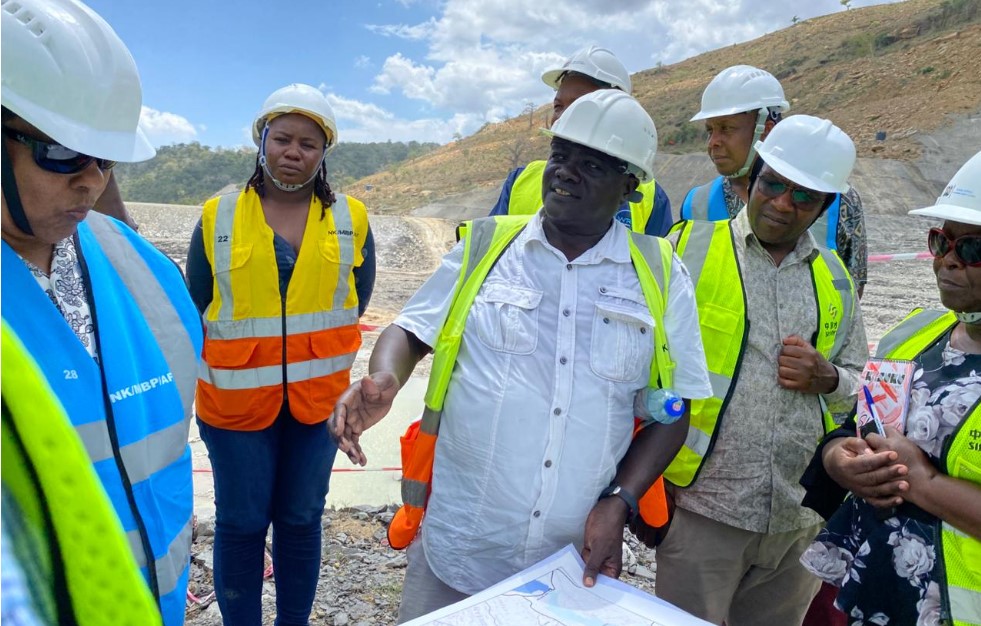 Inspector of Works Haniel Nyaga (holding map) explaining the progress in the construction of Mwache Dam. (Photo: Farhiya Hussein)
Inspector of Works Haniel Nyaga (holding map) explaining the progress in the construction of Mwache Dam. (Photo: Farhiya Hussein)
WRA Board Chairman Donald Murgor underscored the government’s commitment to the Mwache project, noting that protecting the catchment area is critical for the dam’s success.
“When the government invests in a mega dam, it is meant to serve the community for many years. Protecting the catchment areas ensures we extend the dam’s lifespan and support livelihoods. This project creates employment and builds resilience among locals,” said Murgor.
He added that the Sh42 million has been allocated to support WRUAs in the region, including the Mazola Mienzeni WRUA, to continue restoration and conservation work.
About 10 WRUA were funded whereby out of those, six of them were funded to do specifically terraces with Mazola Mienzeni being one of them.
WRA CEO Mohamed Shurie praised the community’s efforts, noting that the funding aligns with a broader plan involving 24 sub-catchments in the Mwache area.
“We have disbursed funds for both phases to reduce sedimentation and protect upstream areas. This not only benefits the dam but also secures water resources for Kwale and Mombasa counties,” he said.
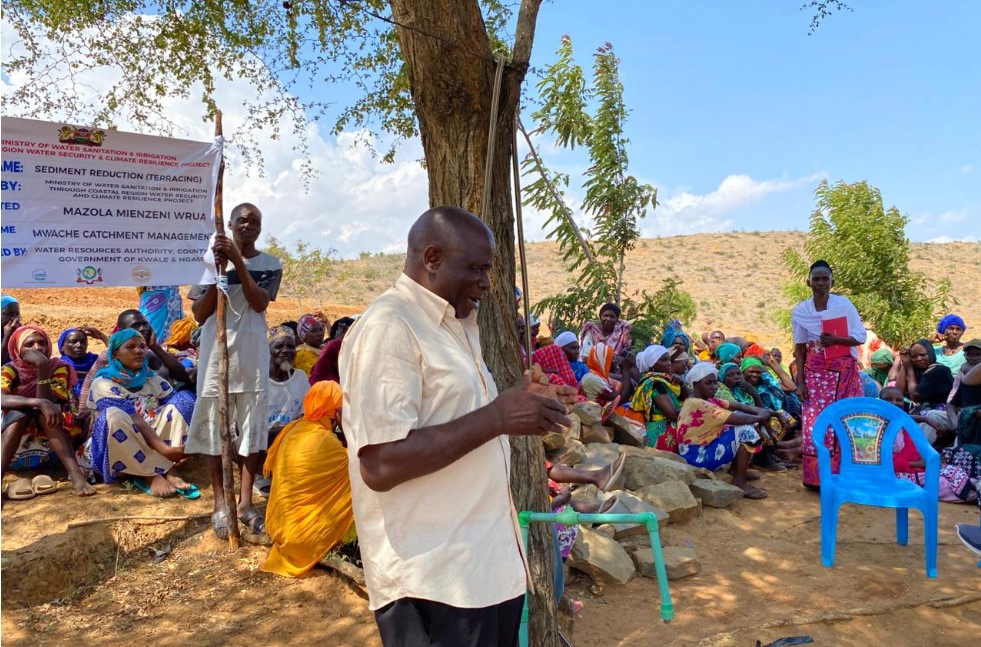 A resident speaks during the visit by Water Resources Authority officials at the Mwache Dam. (Photo: Farhiya Hussein)
A resident speaks during the visit by Water Resources Authority officials at the Mwache Dam. (Photo: Farhiya Hussein)
Diversifying income
According to the Water Resources Authority, the introduction of alternative ways of earning livelihood has also been a game-changer.
Goat rearing, which includes constructing shelters and improving breeds, is helping farmers diversify their income. Tanks for harvesting rainwater have been provided to schools such as Vikolani Primary School, addressing water shortages in the area.
Local leaders have also been mobilised to champion the project, where chiefs and community elders conduct barazas to educate residents on the importance of catchment protection and sustainable practices.
“As the Mwache Catchment Restoration Programme continues, it is becoming a model for sustainable development. By aligning environmental conservation with economic empowerment, the project is transforming lives while securing water resources for future generations,” said Murgor.
“We are building a future where the dam will not only serve our counties but also stand as a testament to what communities can achieve when they work together,” said Mwakoga.
Top Stories Today

